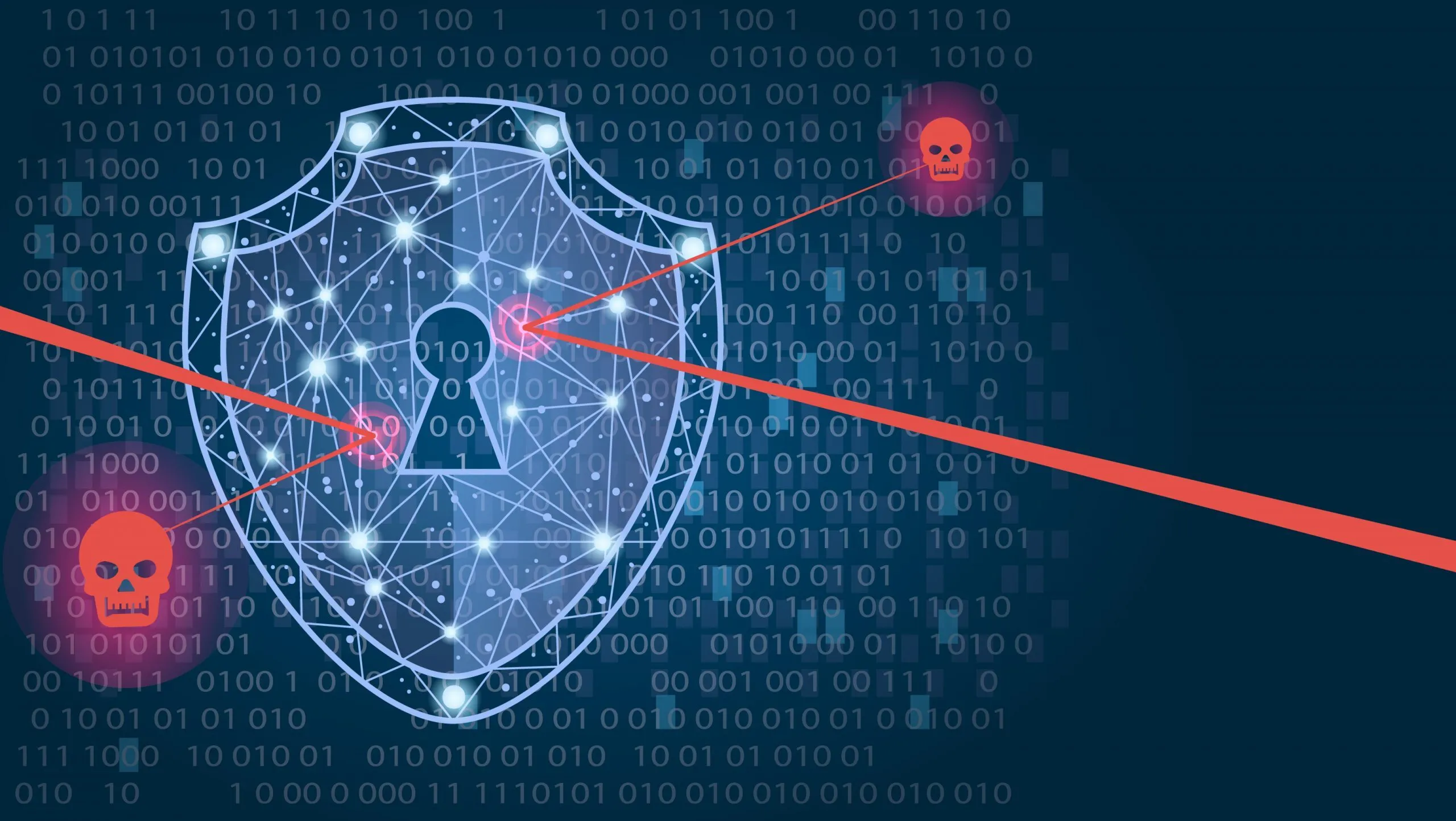We need to keep those pesky hackers at bay.
Scams are lurking around every corner, waiting for an opportunity to strike.
Well — We’ve got your back.
Here are three essential ways to avoid scams and protect your valuable information.
Are You Ready to Outsmart the Scammers?
Think you’re safe from scams?
Think again.
ANYone can fall for a scam – even the smart cyber security guys.
So – here are three strategies to help us all beat the hackers and keep our data secure.
1. Never Click or Tap on Suspicious Links
Scammers are crafty, often disguising malicious links as legitimate ones.
One wrong click can lead you to a phishing site designed to steal your personal information or infect your device with malware.
What to Do:
– Hover Before You Click: Always hover over links to see where they lead before clicking. If the URL looks suspicious or unfamiliar, don’t click.
– Check the Sender: Verify the email address of the sender. Scammers often use addresses that mimic legitimate ones with slight variations.
– Go Directly to the Source: If you receive an email from your bank or another trusted entity, navigate to their website directly rather than clicking on the link provided.
One Click Can Cost You
Remember, one careless click can compromise your entire digital world.
Stay vigilant and hover before you click!
2. Never Open Unsolicited Attachments
Attachments are another common way scammers deliver malware. They might disguise these attachments as invoices, job offers, or other seemingly important documents.
What to Do:
– Verify the Source: Before opening any attachment, ensure it’s from a trusted sender. If you’re not expecting an attachment, contact the sender to confirm its legitimacy.
– Use Antivirus Software: Keep your antivirus software up to date and scan attachments before opening them.
– Be Cautious with File Types: Be wary of executable files (.exe), scripts (.vbs, .js), and other types that can run code. Documents and PDFs can also be dangerous if they contain macros or embedded scripts.
Don’t Let Curiosity Kill Your Computer
Opening a rogue attachment can unleash a world of trouble.
Verify first, and stay safe!
3. Trust No One (Without Verification)
Scammers are excellent at pretending to be someone you know or a reputable company.
Whether it’s a phone call, email, or text, always be skeptical until you can verify the identity of the sender.
What to Do:
– Verify Requests for Sensitive Information: Legitimate organizations will never ask for sensitive information like passwords or credit card numbers via email or text.
– Double-Check with a Phone Call: If you receive a suspicious request, call the person or organization directly using a known, trusted number—not the one provided in the message.
– Educate Yourself and Your Team: Regularly update yourself and your team on common scam tactics and train them to recognize and avoid these threats.
Skepticism is Your Best Defense
In the digital world, a healthy dose of skepticism can save you from a lot of trouble.
Always verify before you trust!
Conclusion: Outsmart the Scammers
There you have it—three essential ways to beat the hackers and avoid scams.
By never clicking on suspicious links, avoiding unsolicited attachments, and verifying the identity of senders, you can protect yourself and your business from falling victim to scams.
Stay safe, stay savvy, and keep pushing forward.
Thanks for reading!

